Affiliate links on Android Authority may earn us a commission. Learn more.
ASUS Zenfone 9 revisited: The good and the bad, six months later
Published onJanuary 29, 2023
Options are somewhat limited if you’re after flagship hardware in a compact form factor. Although Apple and Samsung offer smaller entry-level models for those who want a phone that will more comfortably fit in their pocket, they’re perhaps not the most unique compact phones. Enter 2022’s ASUS Zenfone 9, a little phone with a 5.9-inch display that tries its best not to scrimp on flagship specifications.
Despite a few hardware omissions, we quite liked most of what we found during our Zenfone 9 review testing. Its design, performance, and additional software gestures earned the handset a solid four out of five. But what’s the phone like to use six months after it was first revealed and over four months after it hit the market? Is it still worth buying? Let’s find out.
The good
Pocket-sized design
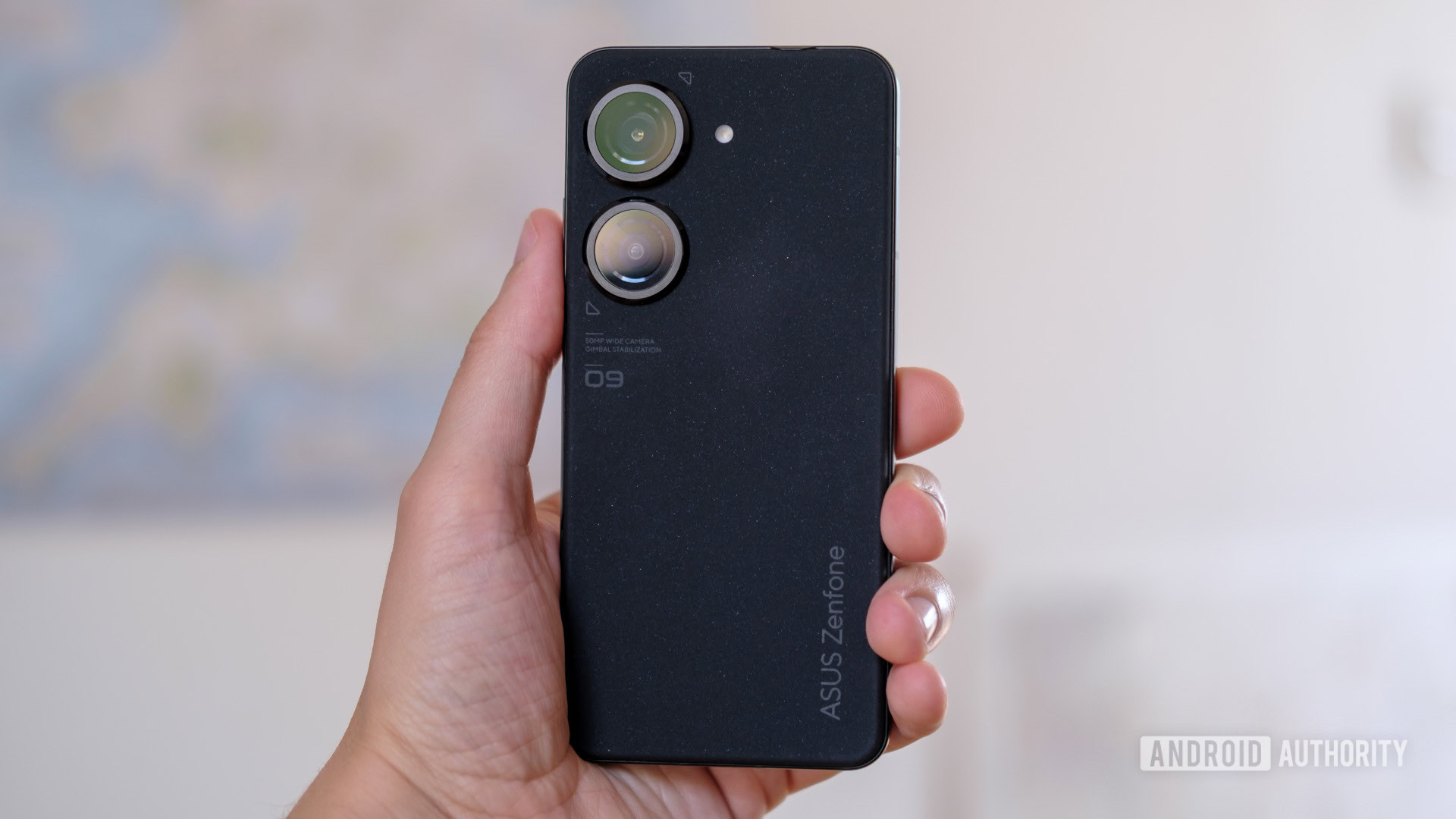
Just as during our initial review, the design is one of the primary reasons to pick up the ASUS Zenfone 9. Though, to be fair, the phone is not that much smaller than the regular iPhone 14 or Galaxy S22. The Zenfone 9 is marginally narrower but also slightly thicker, so it’s not a game-changer as such. Still, the slightly smaller screen does lend itself to a more compact look and feel overall.
But it’s not just having everything easily within a thumb’s reach that stands out; the phone features a polymer material on the back, rectangular metal edges, and Gorilla Glass Victus protection for a sturdy build and high-quality feel. It’s simply lovely to hold.
Top specs in a small phone
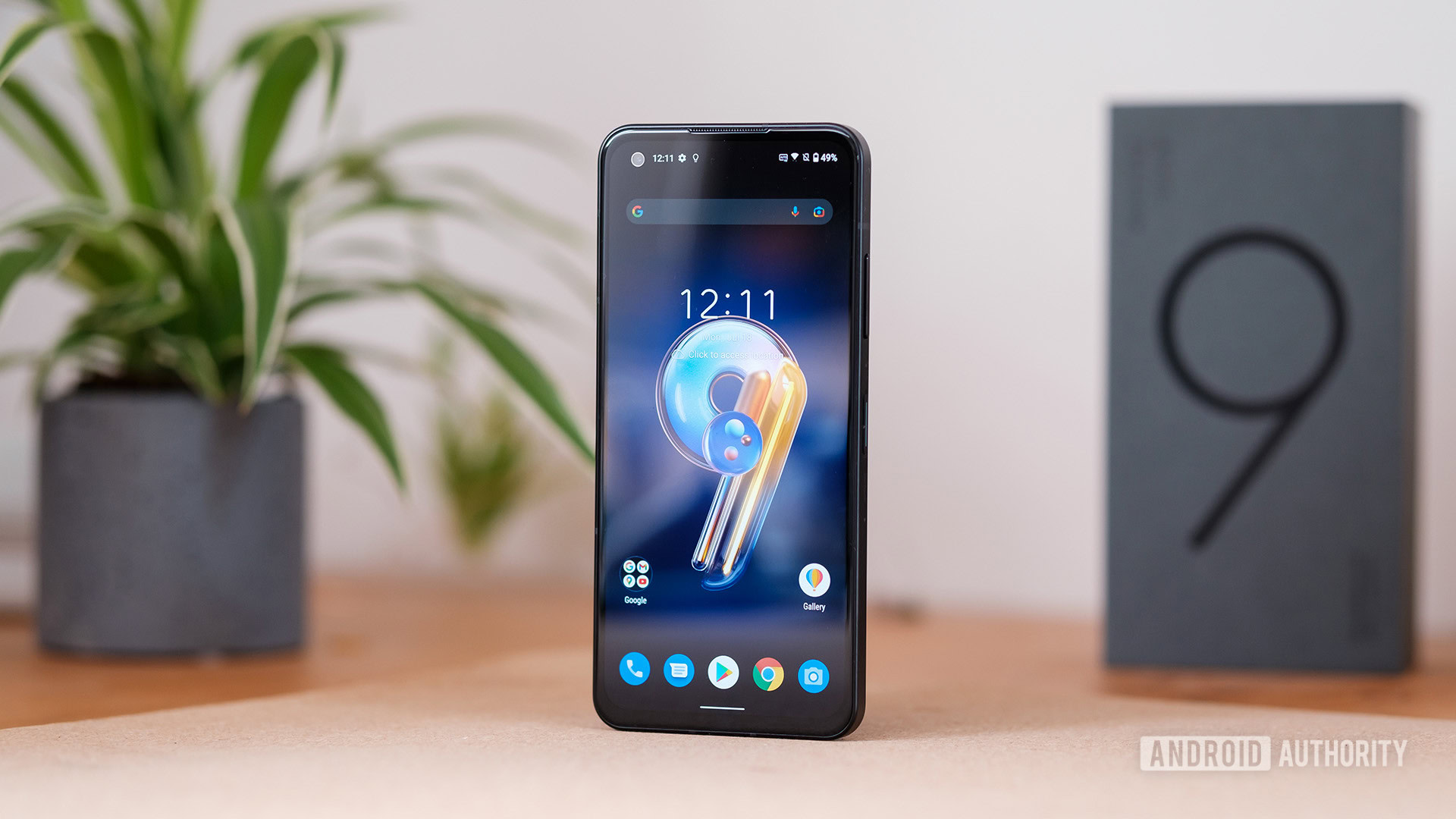
High-end vibes don’t stop with the design. The front display boasts a 120Hz refresh rate, but sadly it’s not a fancy LTPO ultra-low variable refresh rate piece of kit. Complete with an IP68 rating against water and dust resistance, 3.5mm headphone jack, aptX Lossless Bluetooth audio, 30W wired charging via USB Power Delivery PPS or Quick Charge 4.0 or newer, and an efficient Snapdragon 8 Plus Gen 1 processor; there’s a lot of hardware to love.
Those specs are every bit as competitive as the best in the business, even in early 2023.
Zen UI and software
Equally, the Zenfone 9 stands out in the software department. A first glance, Zen UI provides a stock-like experience that would be very familiar to recent Pixel owners. However, dig a little deeper and you’ll find Zen UI packed with innovative tricks and toggles to make your mobile life that little bit easier.
The Back Double Tap gesture, for instance, helps you quickly access common features. However, it can only be mapped to screenshots, opening the camera, flashlight toggle, sound recorder, launching Google Assistant, or playing/pausing music and video. ASUS’ Smart Key is more flexible, mapping to both apps and shortcuts for double and long presses. Various gestures go another level deeper, while ASUS’ Edge Tool gives you quick access to your favorite apps without having to return to the home screen.
Spend a little time getting to know Zen UI and there’s a refined, customizable experience that’s tough to match elsewhere. Speaking of software, ASUS has updated the Zenfone 9 to Android 13 in a timely manner. Complete with the latest UX design tweaks, improved notification permission feature, and other small changes.
The not so good
Poor software update policy

The upgrade to Android 13 also alludes to one of the Zenfone 9’s biggest faults. One of only two OS upgrades the phone will see has already been applied. After 2023’s future Android 14 update, the phone will be coasting on a few incremental security patches before those dry up too.
Two years of OS and security patches is simply a subpar promise for a flagship model. On either side of the phone’s $699 price point, you can grab a Google Pixel 7 ($545 at Amazon) or Samsung Galaxy S23 ($799 at Amazon) that will receive security support for five years and upwards of three OS upgrades. Even with occasional discounts to $629, the Zenfone 9 misses the long-term value mark by a wide margin.
Missing features
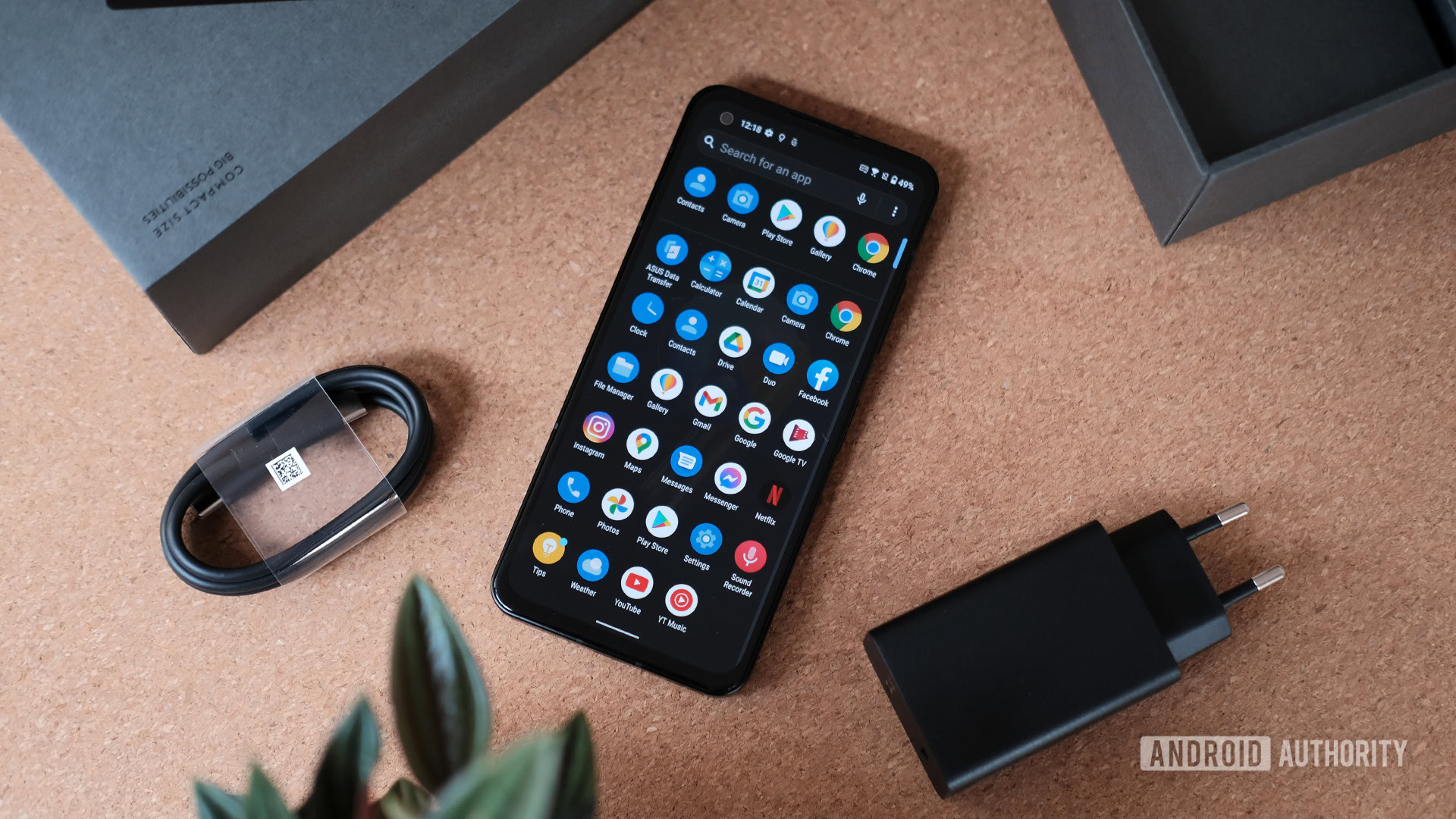
Although generally solid, the phone’s hardware isn’t flawlessly executed either. The lack of wireless charging could be overlooked by some, and, while I quite like the side-mounted fingerprint scanner, others might feel it’s dated.
But the camera package is arguably the most hit-and-miss aspect of the phone…
Cameras
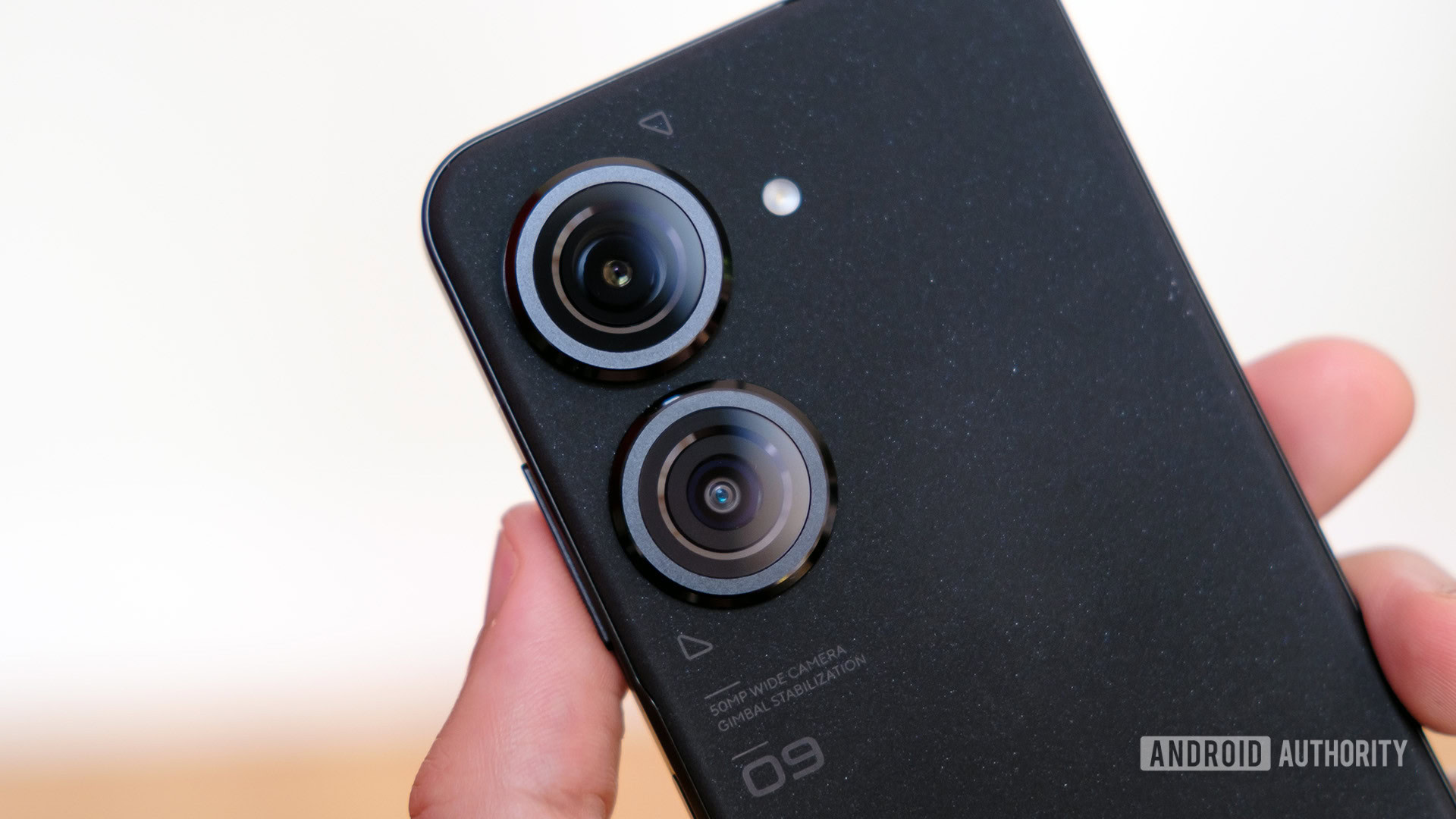
In general, the daylight pictures offer punchy colors with solid white balance, though details are on the oversharp side and exposure can be too bright on occasion. The phone’s large primary image sensor and excellent stabilization help out in lower-light environments. That said, exposure and dynamic range suffer in dim light, even when using night mode. And forget about zoom here; there’s no dedicated telephoto camera and ASUS’ digital upscaling isn’t much good. You’re capped at about 2x.
The ultrawide camera is similarly hit-and-miss. It’s not too wide and relatively distortion-free, but it’s a noisier and less detailed affair than the main sensor. The selfie camera is also so-so. You’ll mostly be pleased by the front camera’s exposure and textures in good lighting. Again, the phone can be heavy on post-processing, resulting in oversaturated colors and haloing in some instances. However, weaker lighting sees quality nose dive into a blurry mess. Likewise, portrait mode looks nice but doesn’t offer rock-solid edge detection.
It’s not that the Zenfone 9’s cameras are bad as such, but they are too inconsistent at this price. If you’re really looking for an affordable photography powerhouse, you’d be better served by the entry-level flagships from Google or Samsung.
ASUS Zenfone 9 review revisited: The verdict
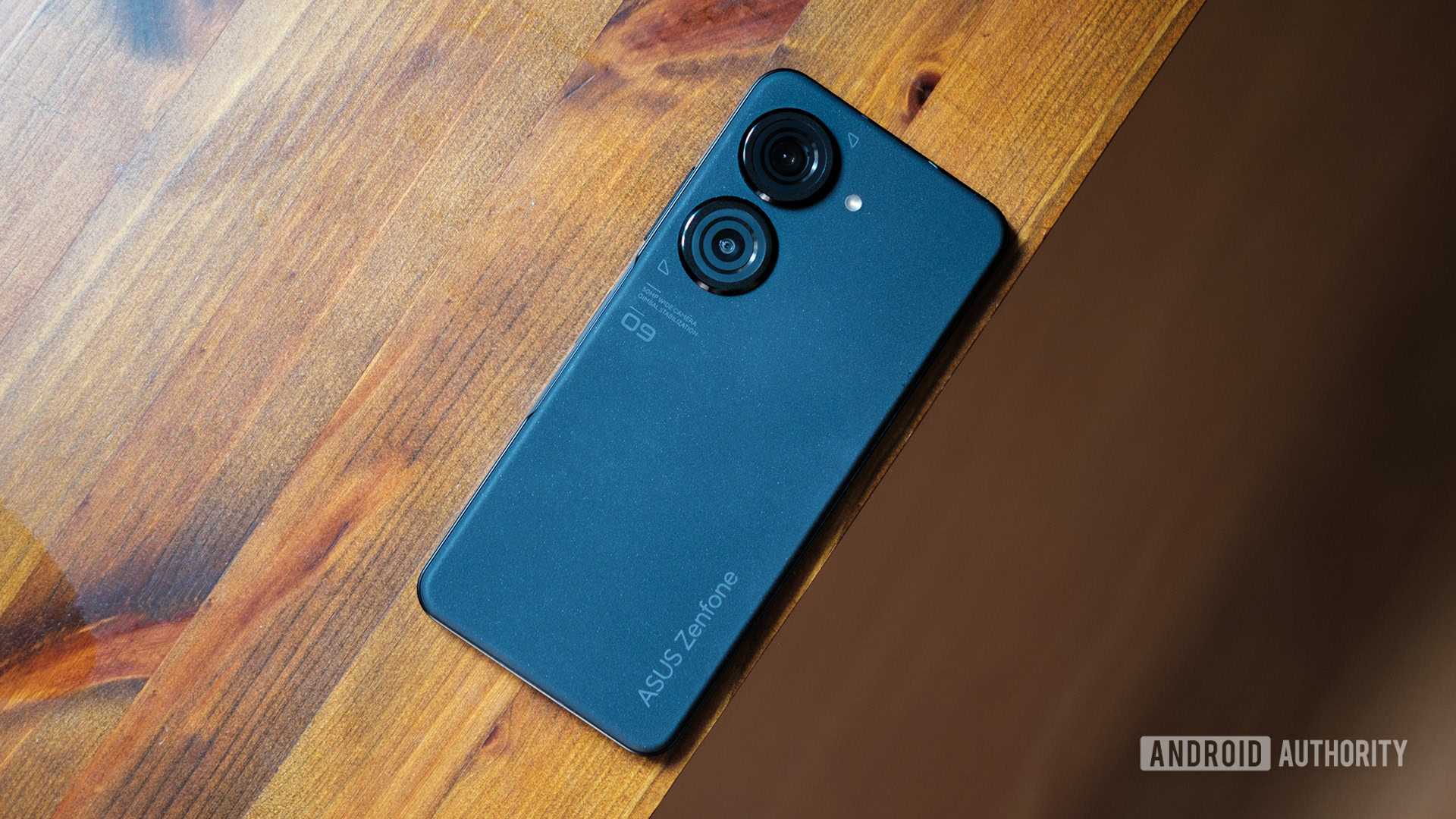
Taken on its own, the Zenfone 9 is a fine little hardware package for those after a compact smartphone with few compromises. The phone also stands out with unique software tricks you won’t find anywhere else. However, unless you’re completely won over by the Zenfone 9’s various little charms, you’ll likely be better served by a slightly more comprehensive flagship from one of the industry’s bigger brands. Especially if you’re after a long-term investment.
In summary, most of the same thoughts and critiques from our initial review still hold true today.
Is the ASUS Zenfone 9 still worth buying?
Asus’ Zenfone 9 is still worth picking up if you’re looking for a compact flagship that’s a little different. The software extras complement a well-put-together, functional little hardware package. With solid audio, design, and performance firmly under its belt, the handset nails the smartphone fundamentals and then some.
However, it’s far from a slam-dunk recommendation. The poor software pledge, so-so camera package, and the absence of wireless charging undercut the handset’s value proposition. Even with a notable discount, even an affordable flagship phone should be looking at several years of more support at this stage. Unfortunately for the Zenfone 9, ASUS plans to forget about the handset too soon, and likely so will many prospective buyers.
